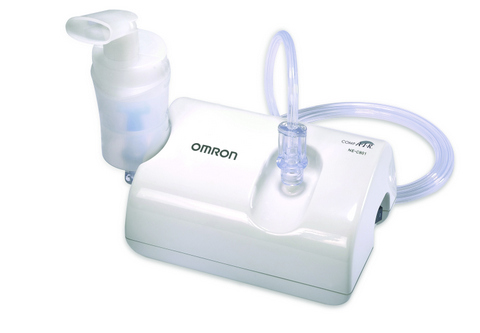
Asthma is a chronic disease of the respiratory system that requires intervention for short-term relief and long-term control. There is a variety of medicine available to treat asthma. It’s very important for people suffering from asthma to be informed about the different medications to control their disease. Your asthma changes as you age and as your routines change so does your medication. Taking the right medicine at the right time helps you breathe better and live with fewer asthma symptoms.
Nebulizer, inhaler, and bronchodilators; what do all these terms imply in asthma medications? Most people are confused about the categories, types and form of asthma medication. But did you know that all these three terms can refer to the same medication? So be informed about the categorization of asthma medication to help you understand your condition better.
Asthma is characterised by chronic airway inflammation. The difficulties in breathing in asthmatic patient occur as the inflamed airways swell, tighten, and produce excess mucus. Hence, the main aim of asthmatic treatment is to reduce the inflammations and helps the widening of the airways to help to breathe. Thus, there are two general types of asthma medications depending on its functions.
Other anti-inflammatory drugs besides steroids are leukotriene modifiers (eg: Montelukast) and mast cell stabilizers that block inflammatory causing chemicals. Immunomodulators, a more advanced anti-inflammatory drug, block the antibody that triggers the immune response, making the airway to be less sensitivity to inhaled allergens (substances causing allergy).
Bronchodilators relieve the symptoms of asthma by relaxing the muscles in the lung and widening the airways (bronchi). This helps to open up the airways to ease breathing. The most widely used bronchodilators are beta-agonists, anticholinergics and theophylline.
Both anti-inflammatory drugs and bronchodilators are used either for long-term control or acute attack. Your doctor will determine the right combination of drugs to address the respective treatment goal. Hence the aforementioned drugs are used as:
Also known as controller medications, it controls chronic symptoms and prevents asthma attacks. Because of its preventive function, some of these drugs should be taken daily even when there are no symptoms present. Others are taken on as needed basis to reduce the severity of an asthma attack.
This included: Inhaled corticosteroids, leukotriene modifiers, long-acting beta agonists (LABAs) and Theophylline

|
Previous article How to Choose a Nebulizer? |
Next article Quick Ways to Relieve Your Baby's Blocked Nose |